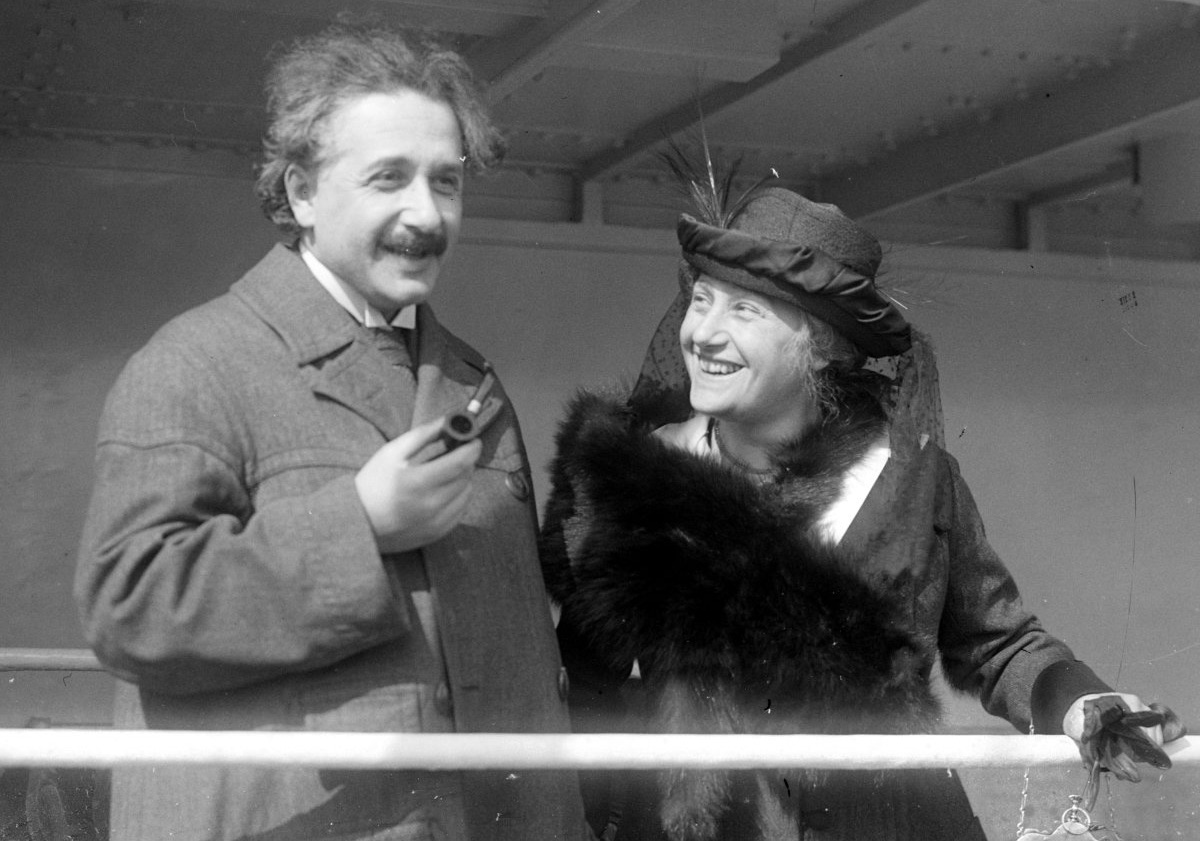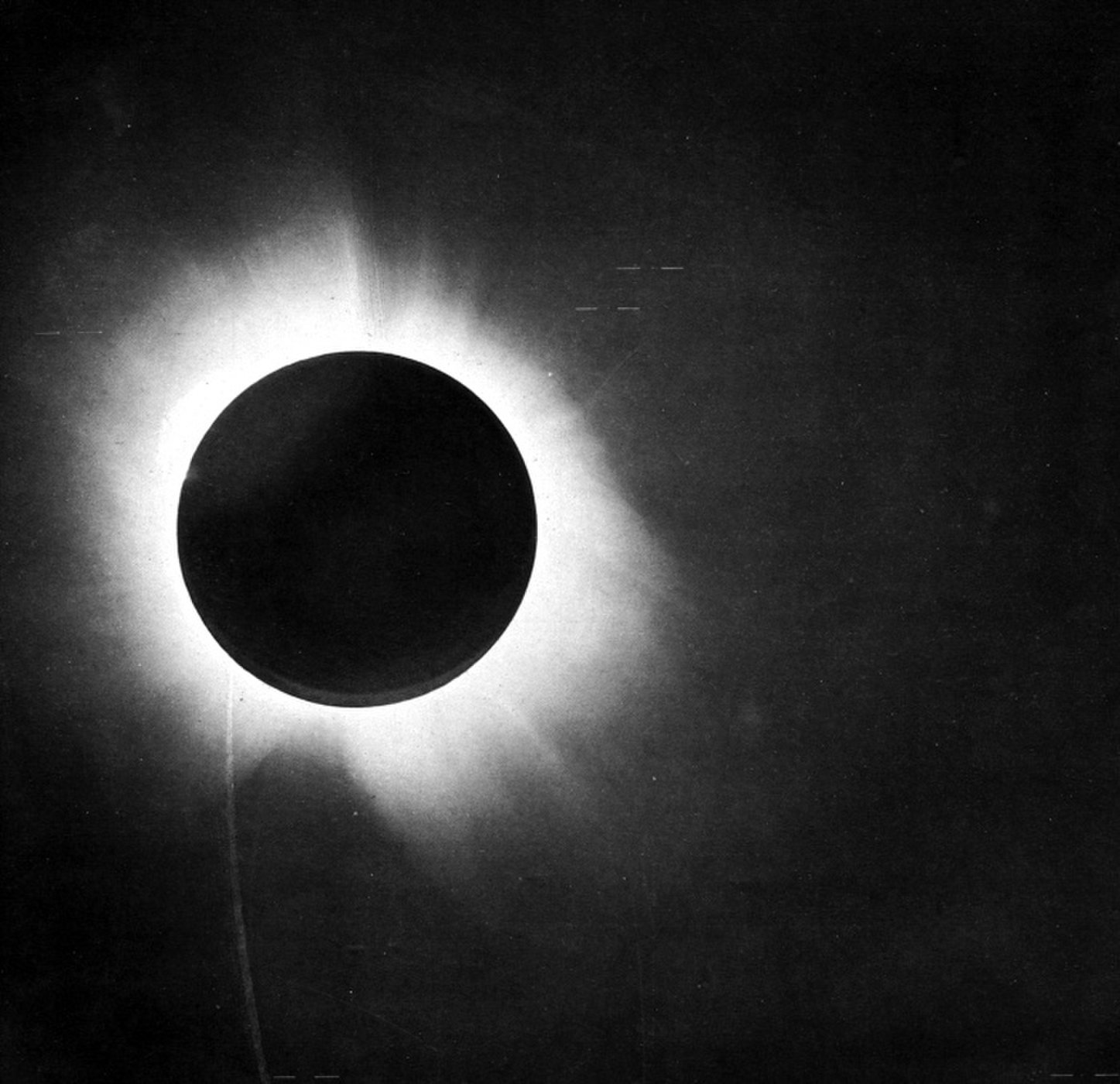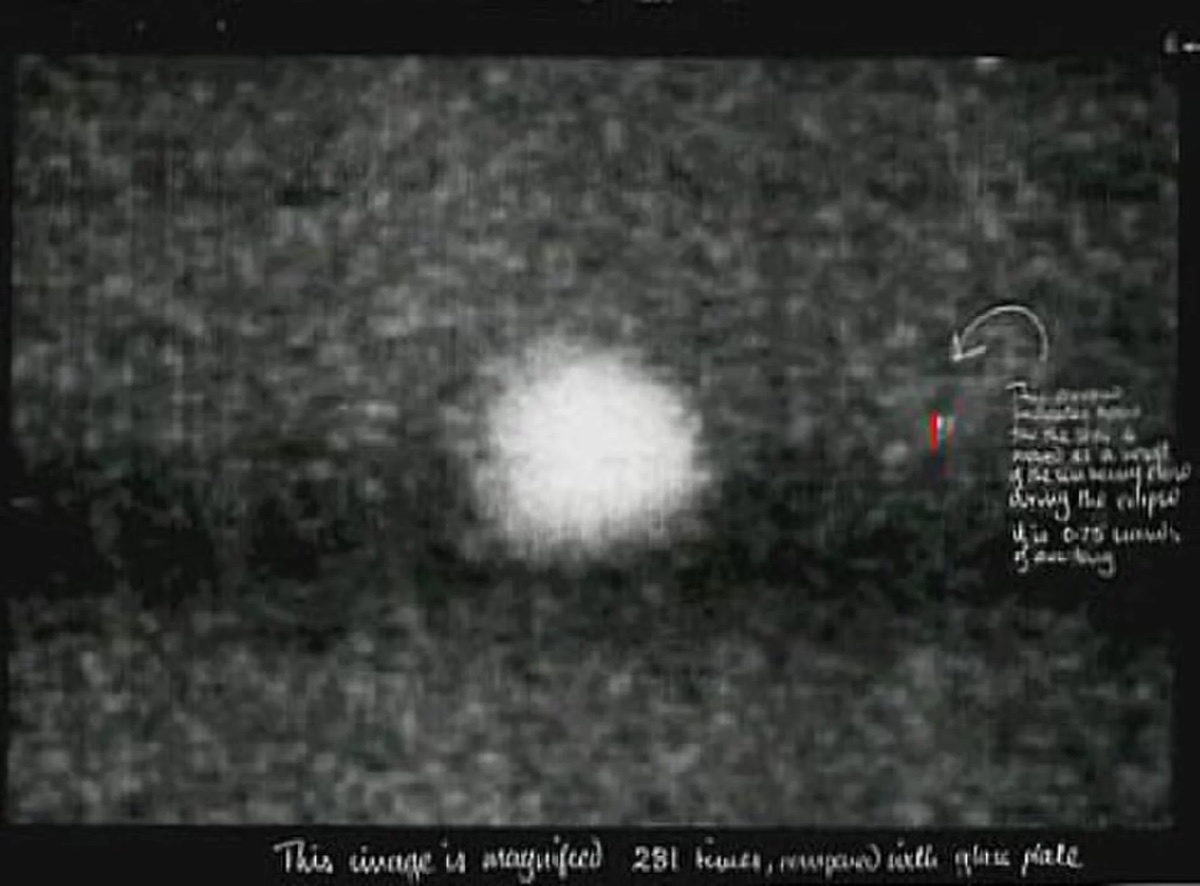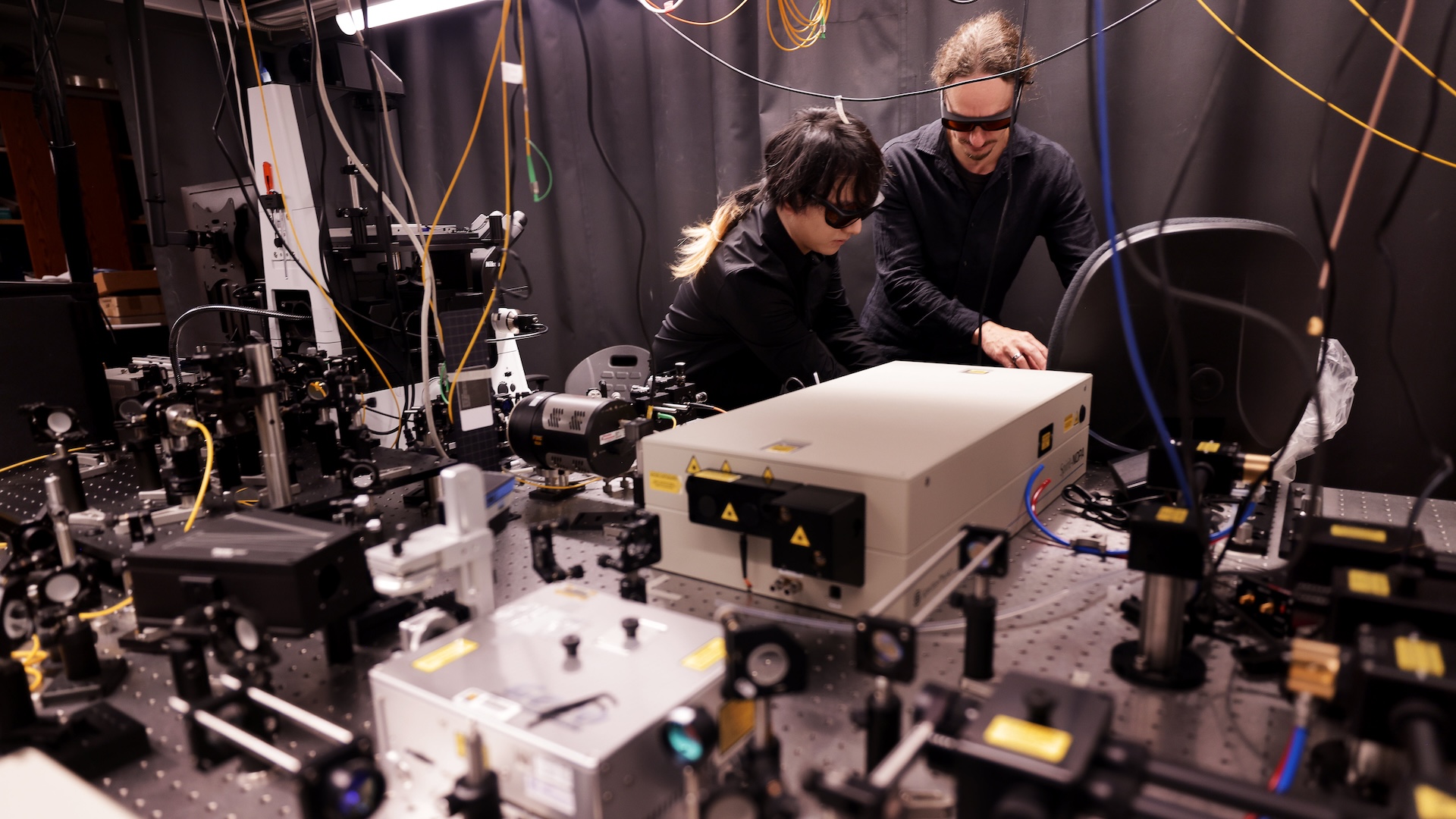How a Total Solar Eclipse Helped Prove Einstein Right About Relativity

On Aug. 21, the continental U.S. will be treated to a total solar eclipse that will dazzle the nation as it progresses from coast to coast, starting in Oregon and ending in South Carolina.
The event will be a great opportunity to revisit a groundbreaking experiment that occurred during a total solar eclipse, and helped confirm Albert Einstein's theory of general relativity. The European Space Agency has referred to this celestial event as "probably the most important eclipse in the history of science."
That historic experiment was carried out on May 29, 1919, exactly 98 years ago today. [Einstein's Theory of Relativity Explained (Infographic)]
Newton versus Einstein
In 1915, Einstein published four groundbreaking papers that introduced his theory of general relativity. But at the time, the German-born theoretical physicist was hardly known to the public, and members of the science community were fighting his new theory head-on, according to reports in the New York Times. Around this time, Sir Isaac Newton's model of classical mechanics — formulated in his 1687 book "Philosophiæ Naturalis Principia Mathematica" — ruled, and Einstein's work was met with utmost skepticism.
One of the key tenets of general relativity is that space is not static. The motions of objects can change the structure of space. By contrast, in Newton's view of the universe, space is "inert."
In Einstein's view, space is combined with another dimension — time — which creates a universewide "fabric" called space-time. Object travel through this fabric, which can be warped, bent and twisted by the masses and motions of objects within space-time.
An example of where these two theories diverged was regarding the influence of gravity on light. Although classical dynamics predicts that the gravity of a star can deflect the path of a photon, Einstein viewed this as a crude approximation of what was really going on. It wasn't the gravity of the star that was pulling on the photon (as Newton saw it), but rather that the star created a curve in space, sort of like how a person standing on a trampoline creates a curve in the surface. The photon is like a ball rolling across the trampoline, and will simply follow the curve. From the photon's perspective, it was always traveling in a straight line; it's the warping of space-time that causes its deflection. Therefore, gravity is a manifestation of the curvature of space. [In Photos: The Most Amazing Solar Eclipses from Around the World]
Get the world’s most fascinating discoveries delivered straight to your inbox.
All masses cause a curvature of space-time, but the effect is subtle, and testing Einstein's theory would require very massive objects, like stars. Today, astronomers looking deep into the cosmos observe massive objects like galaxies as they warp space-time and alter the path of passing photons, in an effect called gravitational lensing. The light from objects that lie beyond the massive object literally appears in a different location in the sky.
But in the early 20th century those observations weren't yet possible. Europe was in the middle of World War I, which kept Einstein’s work isolated mainly to the German-speaking science community. Without being able to experimentally test his new theory, Einstein's idea might have languished indefinitely in a journal on a dusty library bookshelf.
However, British astronomer Sir Arthur Eddington was paying attention to Einstein's outlandish yet powerful new ideas after getting word from Dutch physicist Willem De Sitter (Holland was a neutral nation during WWI) and realized he could lead an experiment to test the theory.

The eclipse test
As the sun is the most massive object in our solar system, its curvature of space-time would be the most noticeable example in the local universe. But to test Einstein's theory, astronomers would have to study the positions of background stars close to the sun's edge (it's limb). As the sun is so bright, this would normally be a fool's errand — the sun's glare would make such an observation impossible.
And then the 1919 eclipse happened.
During a total solar eclipse, the moon orbits directly in front of the sun, completely blocking the light from the sun's disk. These beautiful events allowed Earth dwellers to get their first glimpse of the sun's magnetized atmosphere ― the corona ― before the invention of the telescope. The moon acts as a natural occulter that blocks the sun's glare, revealing structures in the relatively weak glow of coronal gases.
In 1917, Sir Frank Watson Dyson, Astronomer Royal of Britain, had conceived an experiment that would plot the positions of background stars close to the sun's limb during an eclipse — an experiment that Eddington would lead two years later. If the positions of the stars could be precisely measured during the 1919 eclipse and then compared with their normal positions in the sky, the effects of warped space-time could be observed — beyond what Newton’s classical mechanics would predict. If the position of the stars were altered in exactly the way that Einstein's theory predicted they should be, then this might be just the test general relativity needed. Eddington most likely knew that if this test confirmed general relativity theory, it would turn the view of the Newtonian universe on its head.

Following Eddington's lead, the Royal Society and the Royal Astronomical Society organized expeditions to the tropics of Brazil and to the island of Principe, off the west coast of Africa, where the total eclipse would be visible. It just so happened that the period of totality (the length of time that the moon blocks out all of the sun's surface) for the 1919 eclipse was one of the longest of the 20th century, spanning around 6 minutes. This proved to be ample time for astronomers to measure the relative locations of stars in the Hyades cluster that was usefully located near the solar limb at the time.
Although the warped space-time deflected the starlight by a minuscule amount (invisible to the naked eye), the observations from Brazil and Principe were analyzed by Eddington and the general relativity predictions agreed with the observation. The warping of space-time by the sun's mass was real and Newton's inert space had been superseded by a new theory. When the New York Times published the news on Nov. 7, 1919, Einstein became known not only to scientists, but to non-scientists as well.
Since "the most important" eclipse 98 years ago, general relativity has been tested in many other ways, each time proving that Einstein’s warped view of space-time is very much the universe we live in.
Follow Ian O'Neill @astroengine. Follow us @Spacedotcom, Facebook and Google+. Original article on Space.com.

